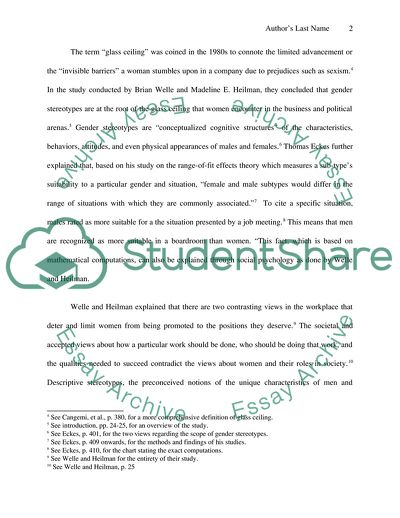Cite this document
(The Role of Gender Stereotypes at the Workplace Essay, n.d.)
The Role of Gender Stereotypes at the Workplace Essay. Retrieved from https://studentshare.org/gender-sexual-studies/1706481-beyond-the-glass-ceiling
The Role of Gender Stereotypes at the Workplace Essay. Retrieved from https://studentshare.org/gender-sexual-studies/1706481-beyond-the-glass-ceiling
(The Role of Gender Stereotypes at the Workplace Essay)
The Role of Gender Stereotypes at the Workplace Essay. https://studentshare.org/gender-sexual-studies/1706481-beyond-the-glass-ceiling.
The Role of Gender Stereotypes at the Workplace Essay. https://studentshare.org/gender-sexual-studies/1706481-beyond-the-glass-ceiling.
“The Role of Gender Stereotypes at the Workplace Essay”. https://studentshare.org/gender-sexual-studies/1706481-beyond-the-glass-ceiling.


